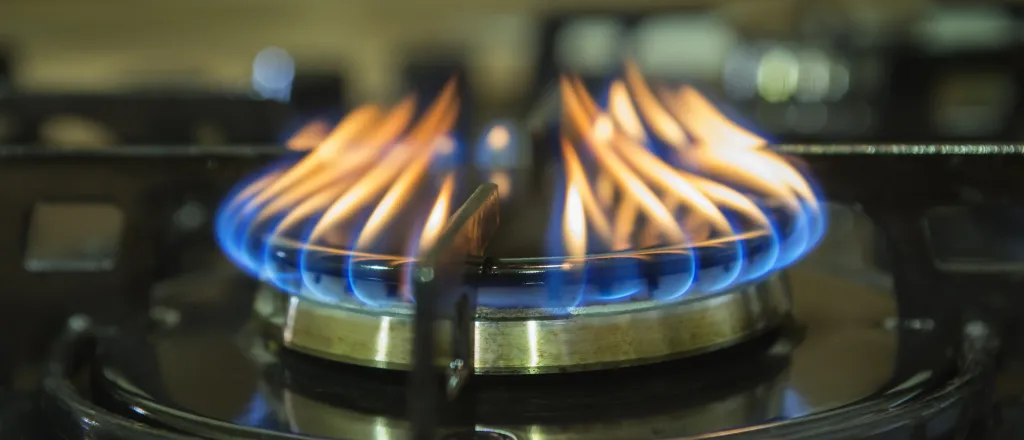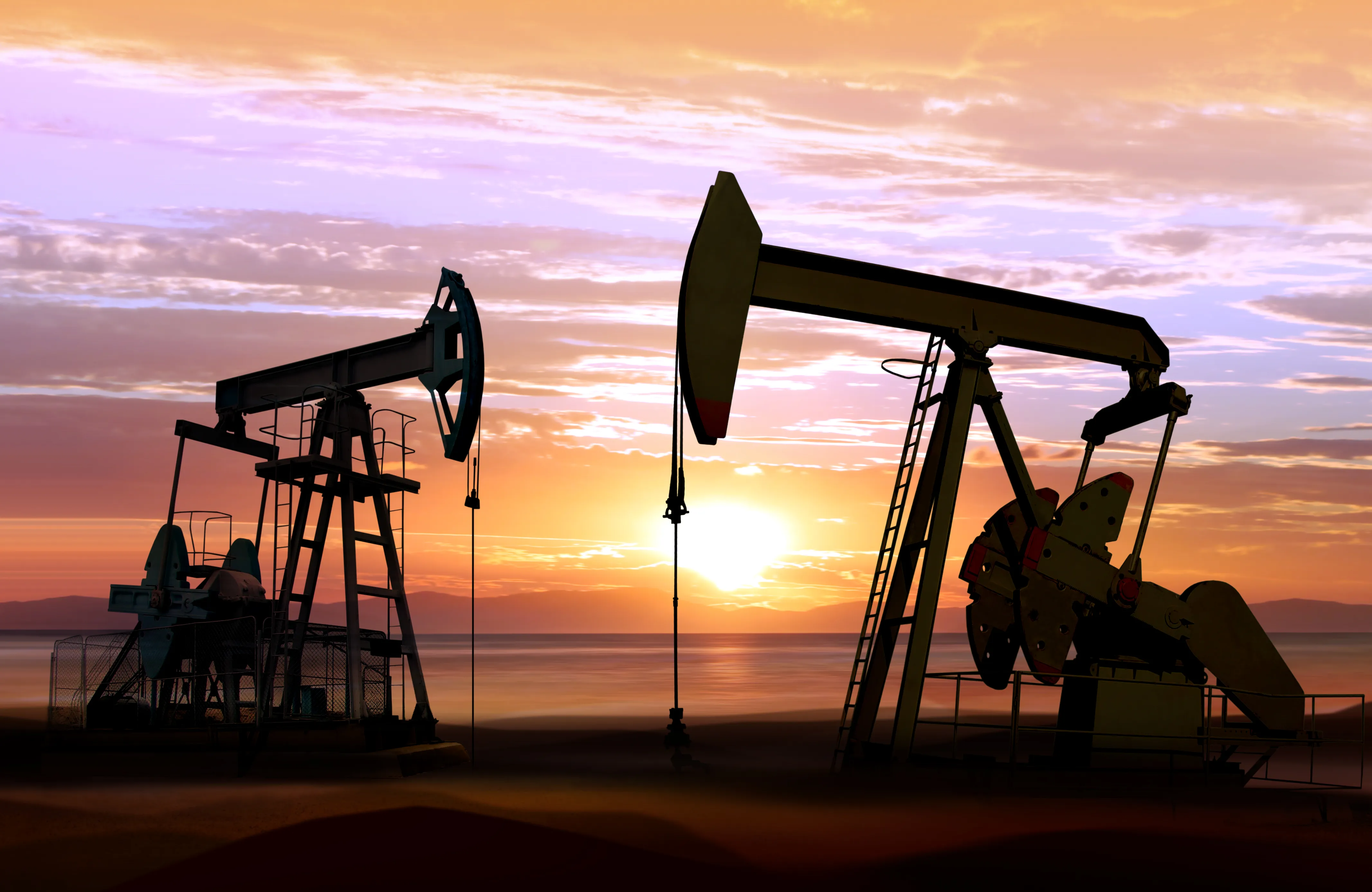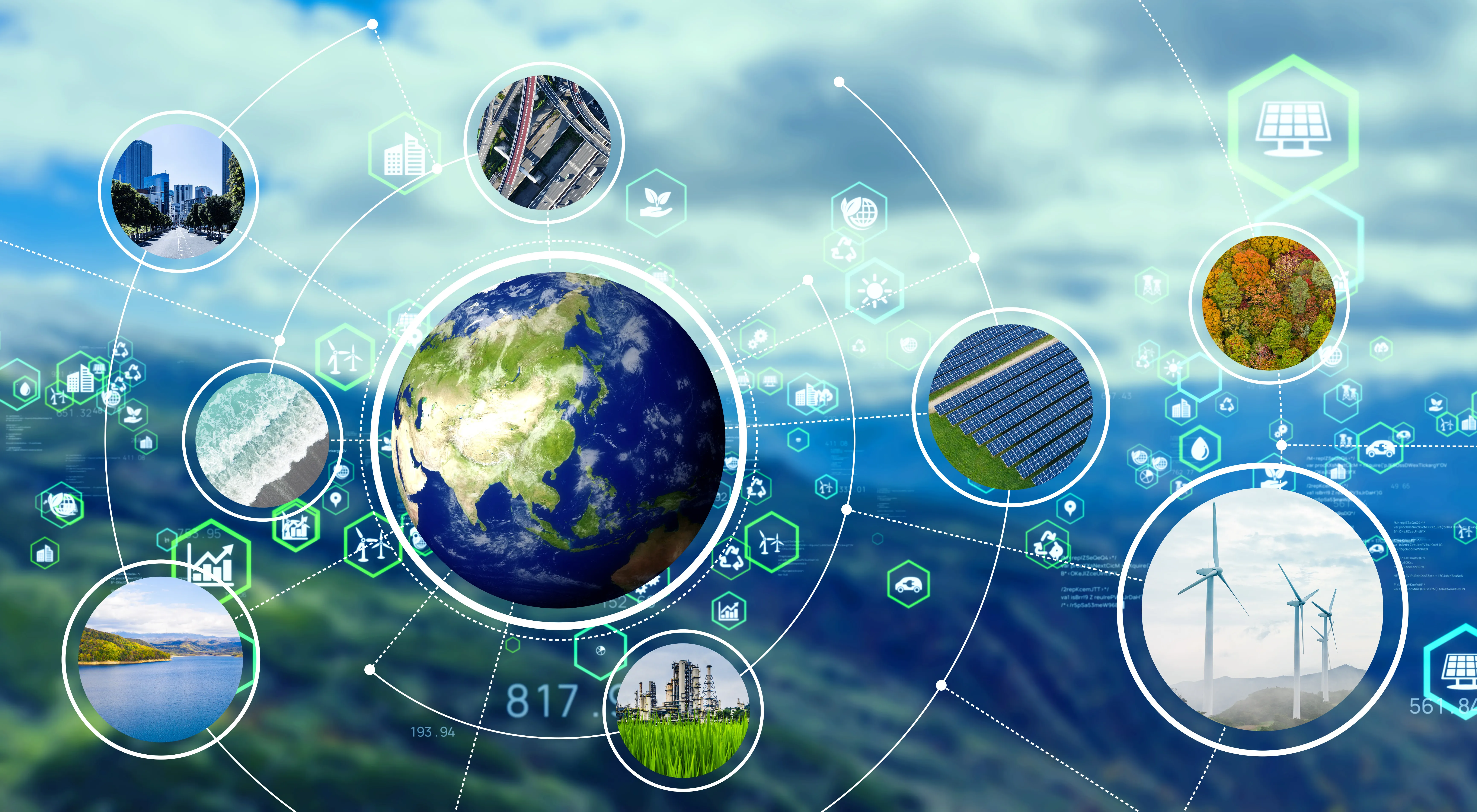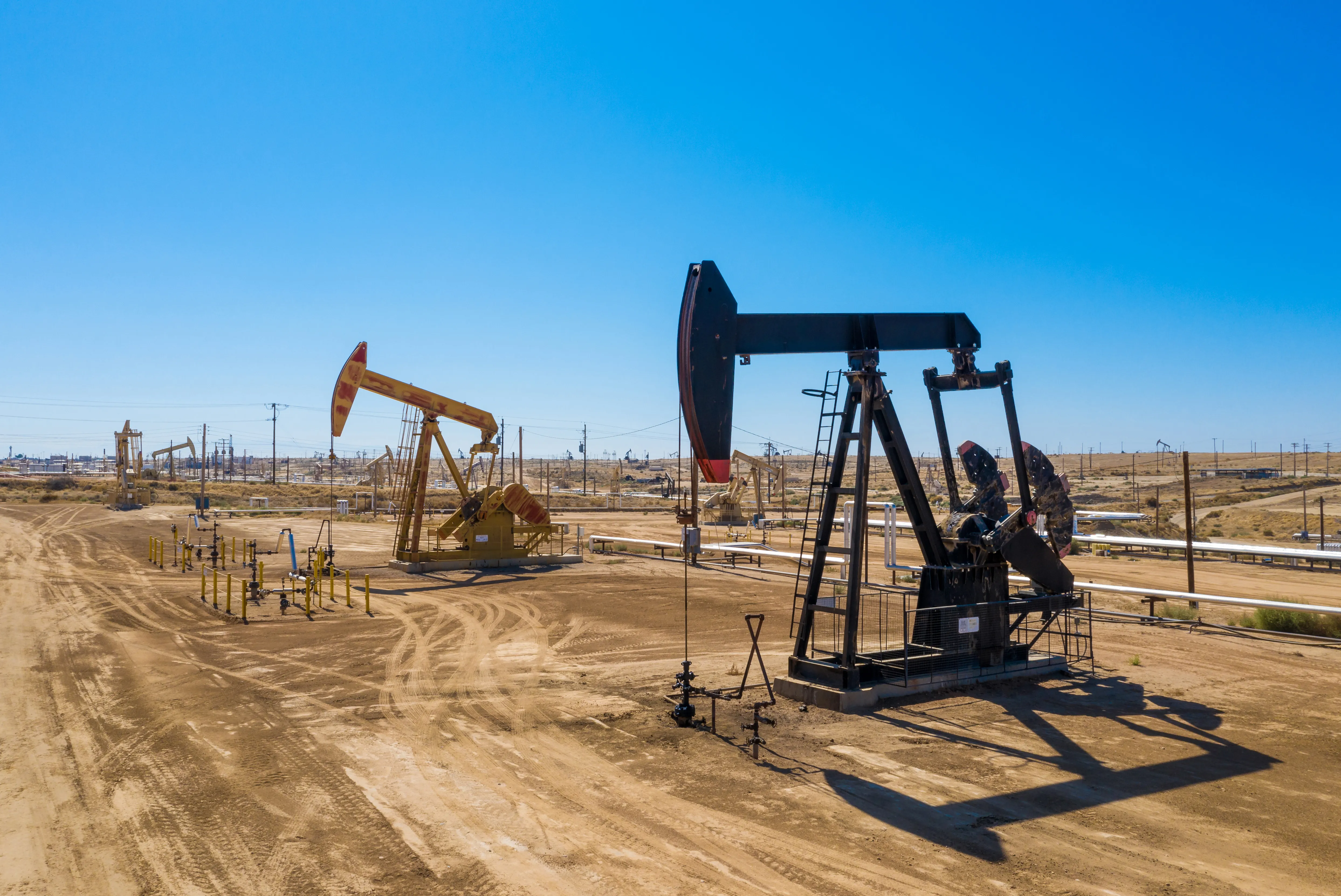
Los Alamos team sees modeling as tool to blend hydrogen in natural gas pipelines
© iStock - FotoCuisinette
(The Center Square) - Math modeling can improve safety when blending hydrogen with natural gas for transportation, Los Alamos National Laboratory announced in a press release this week.
A safe hydrogen transition is among the proposed solutions to help the United States reach a net-zero-carbon economy.
“Mixing hydrogen into a natural gas pipeline changes how the gases flow, which will create new conditions for operators,” Anatoly Zlotnik, a co-author of a new paper on the modeling in the journal PRX Energy, said. “Our modeling shows that injecting hydrogen gradually into a natural gas pipeline network allows safe, predictable operations.”
Zlotnik is a mathematician at the federal Los Alamos National Laboratory. His expertise is in modeling, designing, and controlling energy transmission systems.
Zlotnik and his Los Alamos colleagues used nonlinear partial differential equations to develop a model for transporting heterogeneous natural gas and hydrogen mixtures through pipeline systems.
The team included compressor and regulator units, supply stations that "inject gas into the network at a defined pressure and hydrogen blends, and flow stations that withdraw the mixture from the network," in its infrastructure modeling, according to the release.
Hydrogen transport via existing natural gas pipeline networks lets operators maximize the utility of existing infrastructure as part of a carbon reduction strategy to deal with climate change.
"Hydrogen is much lighter than natural gas, which is mostly methane, so blending them challenges pipeline operation in new ways," the release said.
The team at Los Alamos concluded that limiting the rate of change of hydrogen injection into a natural gas pipeline will prevent significant changes in pressures.
The team thinks its methods could allow operators to create standards regarding injection rates.
Hydrogen does not emit carbon dioxide. In a fuel cell, hydrogen can create electricity to power cars, trucks and facilities when coupled with oxygen.
Additionally, hydrogen can be blended with natural gas and used in appliances, including household furnaces and dryers. Or, companies can burn it to generate electricity or power manufacturing facilities.

















